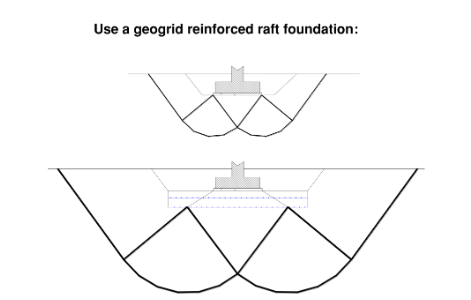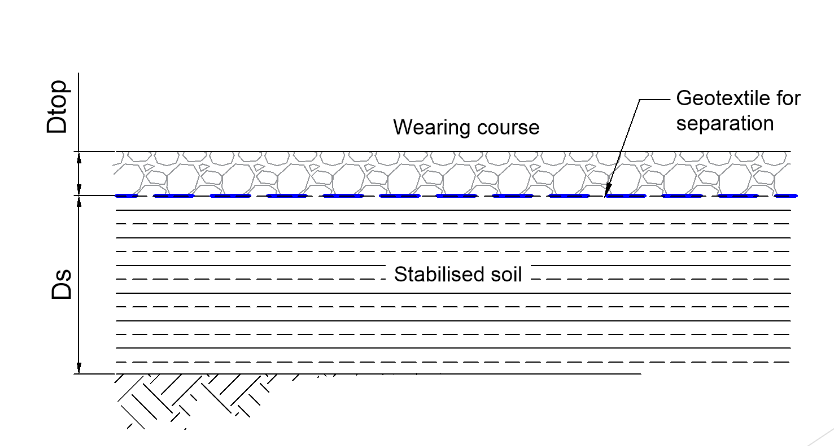Working platforms are temporary ground-based structures designed to provide a stable and secure foundation for the operation of piling rigs and cranes.
The selection of the right type of working platform for a project will depend on the operational and geotechnical aspects of the project.
Each type of working platform offers unique advantages, from environmental sustainability to enhanced load-bearing capacity.
Working Platform Types
Granular and Pure Crush Platforms
Granular and pure crush platforms are simple structures built mainly from crushed concrete or similar materials. Key advantages being the ease of construction and the sustainability advantage of potentially being able to reuse materials from the site.
Granular/pure crush platform design follows BRE 470 ‘Working platforms for tracked plant’, but adjustments might be needed for extremely soft or hard soils.
While offering sustainability and flexibility benefits, these platforms can be deeper than other types, which may not be suitable for projects with site or operational constraints.
Geogrid Reinforced Platforms
Adding geogrid to the working platform, provides significant mechanical strengthening and creates a geogrid reinforced working platform. Geogrid reinforced working platforms are designed to distribute loads more effectively, allowing for a thinner construction without sacrificing stability or with the same thickness, and can provide more extended design lift or sustain higher loadings.
This solution is ideal for heavier loads or less stable soils. Geogrid reinforced platforms can offer a more material-efficient solution.
 Chemically Stabilised Platforms:
Chemically Stabilised Platforms:
When dealing with poor soil conditions or needing to cap contaminated land, chemically stabilised platforms may be the most suitable type of working platform.
Mixing cement or lime into the existing soil enhances its strength and stability. It also significantly reduces the amount of muckaway on a site, due to the working platform body being made up of the existing ground.
While this is quite a specialised design solution requiring a specialist construction plant, chemically stabilised platforms can significantly improve ground conditions with a durable and robust platform.
 Design Considerations and Use Cases For Each Type of Working Platform
Design Considerations and Use Cases For Each Type of Working Platform
Granular and pure crush platforms offer straightforward construction and reduced costs and increased sustainability, due to being able to reuse site materials (if available). However, their application may be limited in extremely soft or hard soil conditions, and the depth they require could be impractical for certain projects.
Geogrid reinforced platforms provide improved load distribution on unstable soils, allowing for thinner yet stable structures suitable for heavier loads. This approach offers material efficiency, though it may incur higher initial costs and involves more complex design and installation processes.
Chemically stabilised platforms are particularly effective in difficult ground conditions. While this method requires careful mixing of materials to enhance soil stability, its specialised nature delivers a solution for the most challenging sites.
Additional Resources
BRE 470 “Working Platforms for Tracked Plant”: Essential for understanding the design and construction of traditional working platforms, focusing on stability and safety.
Temporary Works Forum (TWf): Offers practical advice on temporary works, including platforms as part of their design guide on the subject.
CIRIA Publications: Including C765 and C718, provide detailed guidelines on ground support and investigation platforms, useful for platform design considerations.
Geosynthetics Institute (GSI): Useful for those using geosynthetics, offering research and case studies on effective material use.
Manufacturers’ Technical Support and Spec Sheets: For specific product insights and practical applications of materials like geogrids.

